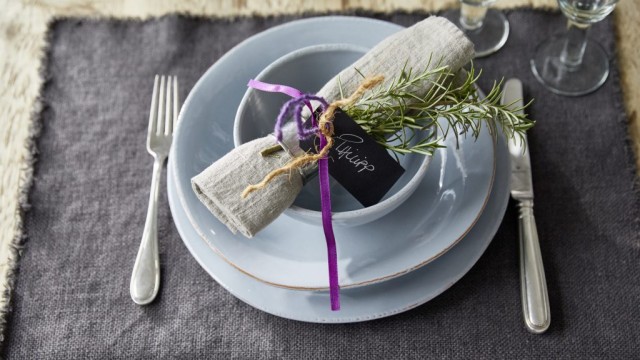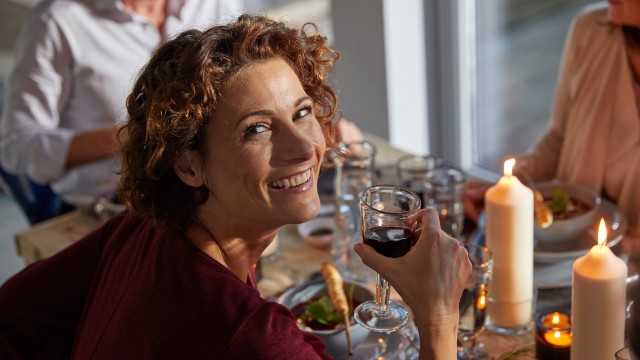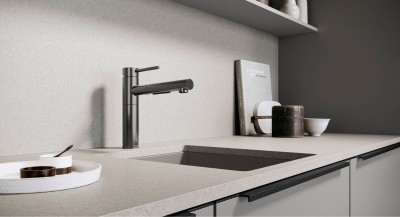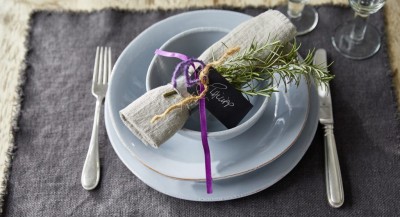If you like having friends over and spending a lovely time together, getting together is bound to be associated with a nice meal. However, the larger your circle of friends and the smaller your kitchen, the more you’ll start to find that cosiness can soon be overtaken by stress, especially if you’re the one doing all of the cooking. With proper menu planning and the right kitchen equipment and processes, however, you can keep your dinner parties on track.
Keeping food warm
In small kitchens, preparing lots of different ingredients, a shortage of hot plates and a lack of space in general can make preparing meals for guests a challenge. As such, doing things in the right order is a must. One of our grandmothers’ top tricks for keeping cooked food warm doesn’t even require any kitchen equipment. Simply drain hot pans and wrap them in a warm woollen blanket. But be careful: keeping certain ingredients warm for a long time can be detrimental to the taste. The texture can change a lot, too.
Keeping things warm for a brief period of time, on the other hand, isn’t a problem for certain foods. Potatoes or rice are particularly good for this. You should avoid attempting to keep most types of vegetables warm, as they will soon exceed their cooking temperature. The order in which the food is cooked is thus crucial, as not every ingredient can be kept warm or heated up again.
It makes particular sense to prepare soups, casseroles, sauces, potatoes or rice, first as they can then be kept warm.
Pre-warmed plates and serving dishes are also helpful for keeping the dishes warm before serving them to your guests. You can fill the plates with hot water and pour it away into the empty sink, an additional bowl or the outflow shortly before you need to plate up.
Food presentation
Talk about a feast for the eyes. Thanks to social media, we’re constantly bombarded with pictures of beautifully presented dishes. Bloggers and instagrammers style their food, creating veritable works of art.
Here are some examples to inspire you:
https://www.instagram.com/frommybowl/
https://www.instagram.com/kptncookapp/
https://www.instagram.com/kraut_kopf/
As a result, expectations have been raised when it comes to home cooking, too. How can you give your own creations that extra something?



